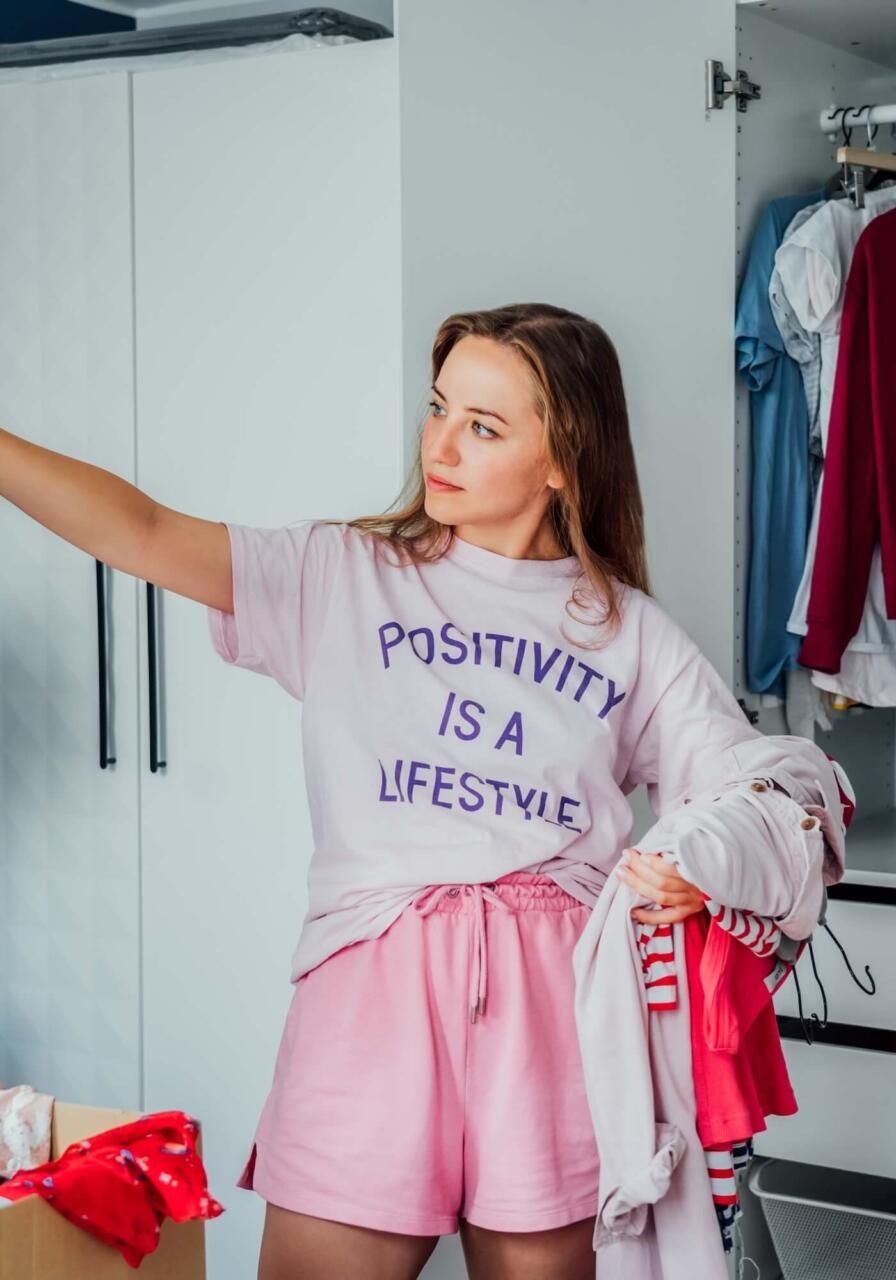Is re-commerce the next big trend in e-commerce?
- By Erik Holflod Jeppesen

- February 9, 2024
- 5 minutes reading time

As e-commerce continues to evolve, luckily, so does re-commerce (circular shopping).Thinking circularly, or shopping secondhand, is increasingly becoming a central part of today's agenda. In recent years, it has become crucial for brands to take control of their secondhand sales channels and begin focusing on sustainability.
Many consumers have clothing hanging in their closets at home that goes unused but still has plenty of life left and deserves to see the light of day. By implementing a re-commerce solution on their webshop, brands can extend the lifespan of their products and actively address one of the most pressing environmental challenges while opening new opportunities for consumers and businesses in the fashion and lifestyle industries.
Why has re-commerce become so popular?
In recent years, re-commerce has experienced a significant surge in interest, driven by several factors:
(1) On the one hand, a growing awareness of environmental challenges among consumers has created a demand for more sustainable consumption options - including second-hand shopping.
(2) Innovations in technology, particularly within Shopify, have made it easier for consumers to buy and sell secondhand directly with individual brands. Brands can now implement "take-back" models, where they purchase used clothing from consumers and resell it. Shopify and its ecosystem have made participating in re-commerce more convenient and efficient for both consumers and businesses than ever before.
(3) In times when many consumers seek value for money, re-commerce offers an attractive option to purchase quality products at lower prices. This is especially relevant in the fashion and lifestyle sectors, where branded goods can be reused and sold at a fraction of their original price. By purchasing secondhand items directly from brands, consumer loyalty increases, and they avoid the hassle of back-and-forth communication often seen on marketplaces.
Let me elaborate on these points
A shift in shopping habits and consumption patterns
Consumer behavior has taken a marked turn toward more sustainable alternatives. Driven by growing environmental awareness, re-commerce plays a key role in promoting a circular economy. In this economy, products are reused and recycled, making resource utilization more efficient and reducing waste. Instead of throwing something away, it is reused.
This trend is particularly evident in the fashion industry, where re-commerce provides a sustainable alternative to fast fashion. For many brands, this shift represents an opportunity to meet consumer demands for responsible shopping and demonstrate their commitment to sustainability.
Digitalization shapes the future of re-commerce
The digital age has significantly impacted the growth and popularity of re-commerce. Technological advancements, especially within e-commerce systems like Shopify, have made it easier than ever for both consumers and businesses to engage in buying and selling secondhand. These platforms offer user-friendly interfaces, secure payment systems, and efficient logistics solutions, streamlining the process and making it more appealing compared to private transactions on platforms like Facebook Marketplace.
Digital transformation has not only simplified the process of buying secondhand items but has also unlocked innovative business models. Online marketplaces, resale apps, and digital platforms dedicated to secondhand goods are thriving, creating new opportunities for both buyers and sellers.
For fashion and lifestyle brands, this is a unique opportunity to expand their reach and directly engage with consumers to build loyalty. By leveraging digital tools and platforms, brands can seamlessly integrate re-commerce into their business strategies and offer customers a more sustainable shopping experience.
Brands leading the way integrate re-commerce on equal footing with their "regular" products rather than hiding it as a small menu item in the footer.
Brands embracing re-commerce
An increasing number of fashion and lifestyle brands recognize the potential of re-commerce and actively integrate it into their business models. By embracing re-commerce, these brands achieve several benefits:
- Increased Loyalty: Consumers value brands that demonstrate environmental responsibility, leading to stronger customer loyalty. Take-back programs often provide customers with vouchers to shop with the brand again.
- New Market Opportunities: Re-commerce opens up access to new segments of price-conscious and environmentally conscious consumers.
- Sustainable Growth: Reusing and recycling products contributes to sustainable business practices and reduces environmental footprints. Ideally, brands can produce less over time as a significant part of revenue comes from re-commerce.
Our Experience with Re-commerce
We began implementing re-commerce solutions in 2021 and have since had the pleasure of helping the following brands get started:
- Markberg
- PompDeLux
- MessyWeekend
- Minimum
- Moves
- Modström
- Britt Sisseck
- Núnoo
- Blanche
- Depeche
- Wheat
- Mini a Ture
Our experience shows that it is essential for the concept on your webshop to be called something recognizable, like "Secondhand" or "PreLoved." If you invent your own term, you face a larger communication challenge to educate your target audience about the purpose.
